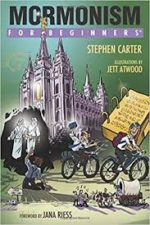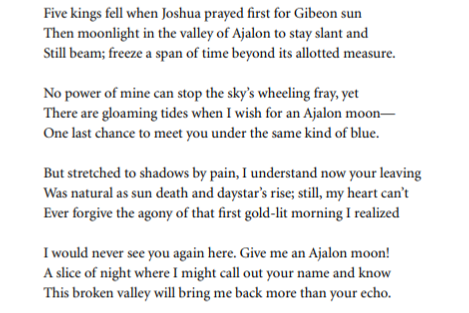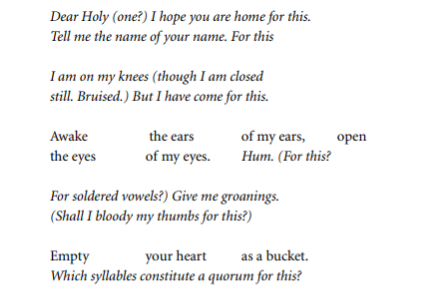Attempts to Be Whole | Scott Abbott, Immortal for Quite Some Time
October 26, 2018In Immortal for Quite Some Time, Scott Abbott meditates on his brother’s death. That Abbott comes from a devoted Mormon family and that his brother was gay and died of AIDS is the tagline that…











